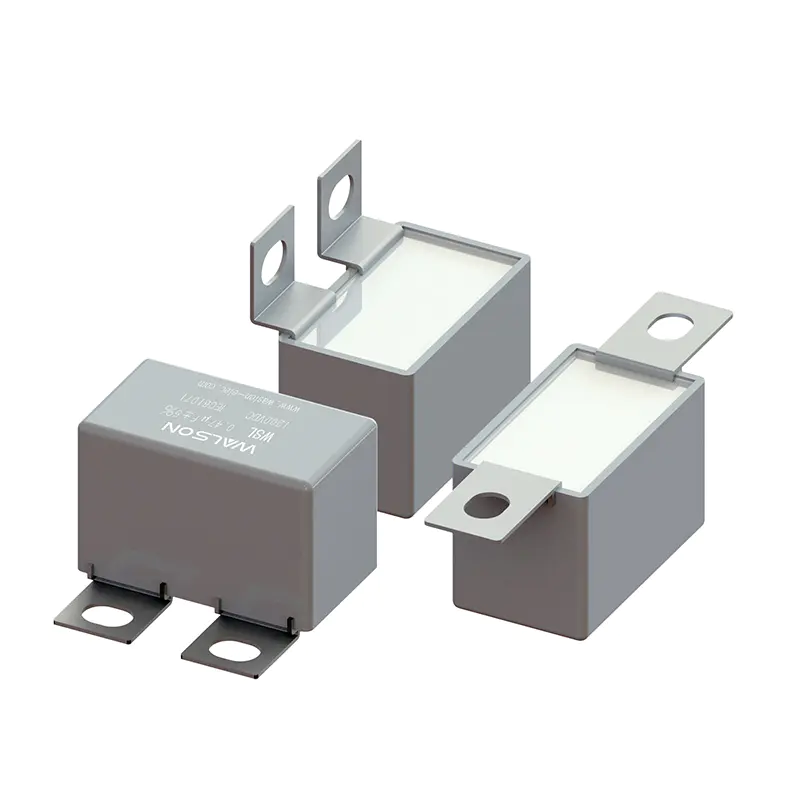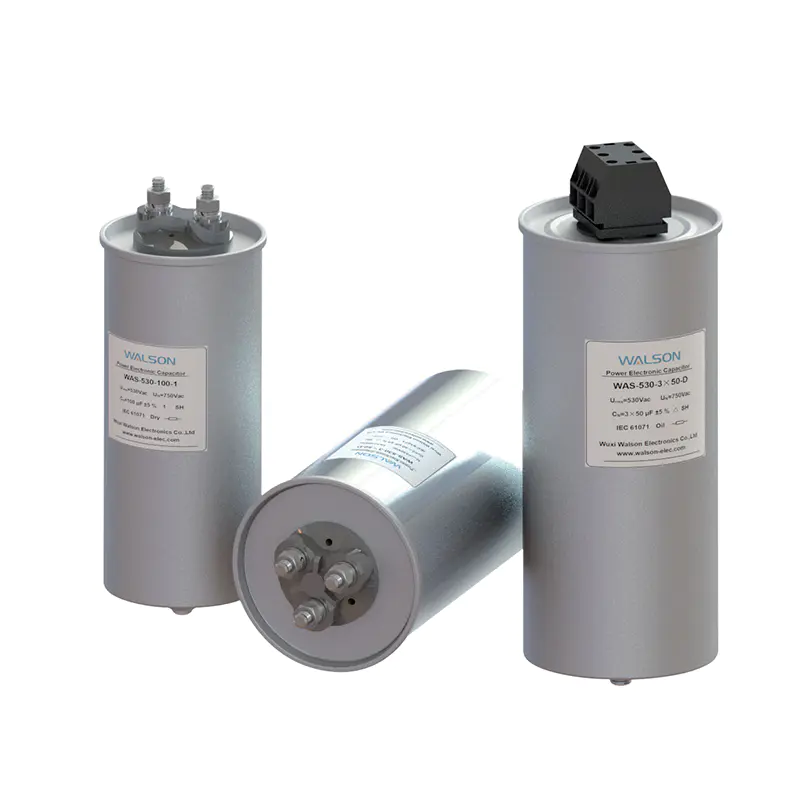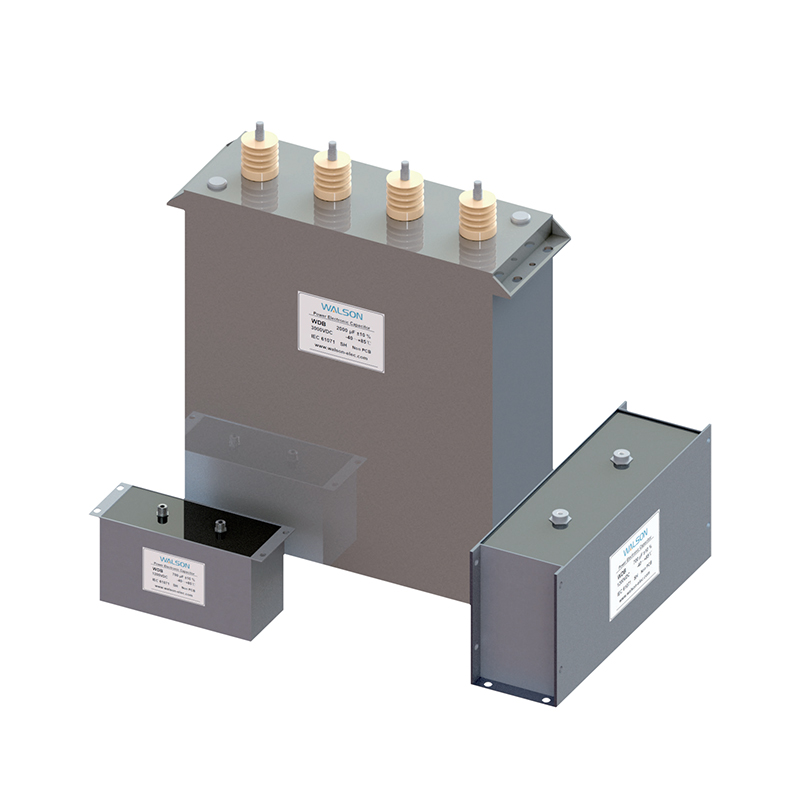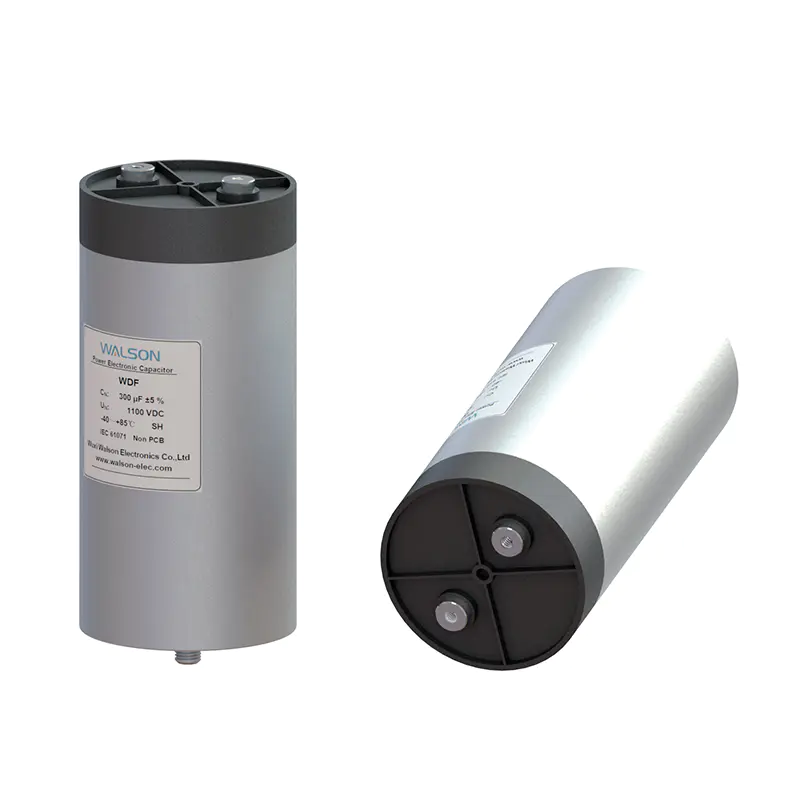- Home
- Products
- Applications
- Capacitors for Household Appliances
- Capacitors for Power Supply
- Capacitors for LED Lighting
- Capacitors for Mobile And DSL Appliances
- Capacitors for Automotive& Vehicles
- Capacitors for Photovoltaic Inverters
- Capacitors for Wind Power Plants
- Capacitors for Renewable Energy Systems
- Capacitors for Induction Heating
- Capacitors for Medical Equipments
- Capacitors for Industrial Control
- Capacitors for Power Electric
- Capacitors for Rail Transit
- Capacitors for Smart Grid
- Capacitors for University & Research Instituite (High Energy Physics)
- About Us
- News
- Contact Us
-
- Capacitors for Household Appliances
- Capacitors for Power Supply
- Capacitors for LED Lighting
- Capacitors for Mobile And DSL Appliances
- Capacitors for Automotive& Vehicles
- Capacitors for Photovoltaic Inverters
- Capacitors for Wind Power Plants
- Capacitors for Renewable Energy Systems
- Capacitors for Induction Heating
- Capacitors for Medical Equipments
- Capacitors for Industrial Control
- Capacitors for Power Electric
- Capacitors for Rail Transit
- Capacitors for Smart Grid
- Capacitors for University & Research Instituite (High Energy Physics)
Web Menu
- Home
- Products
- Applications
- Capacitors for Household Appliances
- Capacitors for Power Supply
- Capacitors for LED Lighting
- Capacitors for Mobile And DSL Appliances
- Capacitors for Automotive& Vehicles
- Capacitors for Photovoltaic Inverters
- Capacitors for Wind Power Plants
- Capacitors for Renewable Energy Systems
- Capacitors for Induction Heating
- Capacitors for Medical Equipments
- Capacitors for Industrial Control
- Capacitors for Power Electric
- Capacitors for Rail Transit
- Capacitors for Smart Grid
- Capacitors for University & Research Instituite (High Energy Physics)
- About Us
- News
- Contact Us
Product Search
Exit Menu
How does the WPM series High Voltage Pulse Capacitor help achieve accurate cable insulation performance detection and fault location?
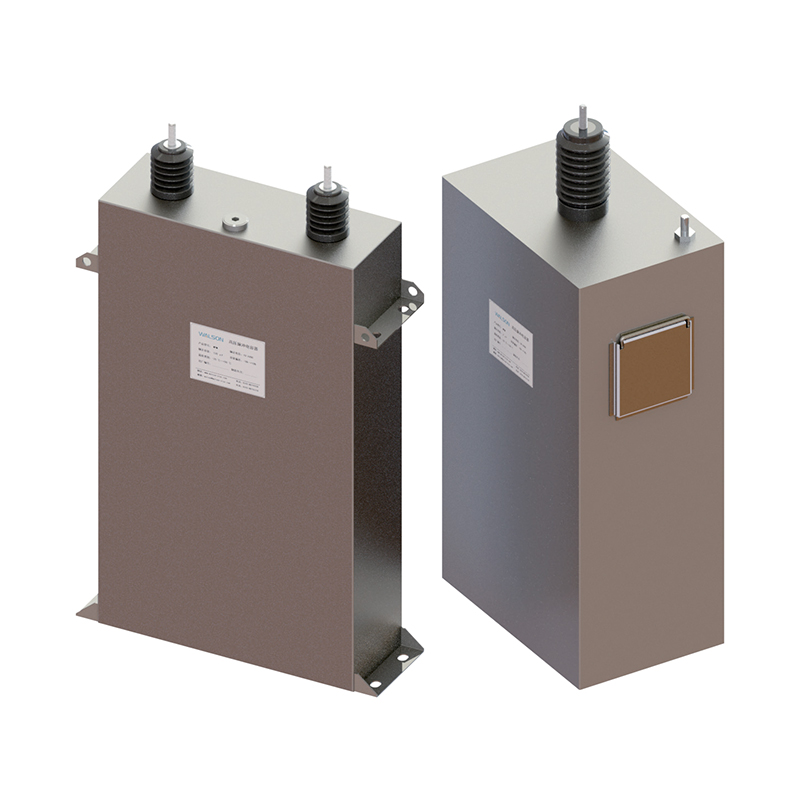
How does the WPM series High Voltage Pulse Capacitor help achieve accurate cable insulation performance detection and fault location?
In the power transmission and distribution system, the cable is the key carrier of power transmission, and its performance reliability is directly related to the stable operation of the entire power network. Once the insulation performance of the cable deteriorates or fails, it will not only cause power supply interruption, but also may cause serious safety accidents such as fire. Therefore, accurate detection of cable insulation performance and rapid location of faults have become important links to ensure the safe operation of the power system.
During the long-term operation of the cable, affected by environmental factors, mechanical stress, electrical aging and other factors, its insulation layer may age, break and other problems, which will lead to insulation performance degradation or failure. Traditional cable detection methods have many limitations and are difficult to meet the high-precision and rapid requirements of modern power systems for cable detection. The application of high-voltage pulse capacitors has brought new technological breakthroughs to cable detection.
The core role of the WPM series High Voltage Pulse Capacitor in cable detection is to generate high-voltage pulse signals. This capacitor can store a large amount of electrical energy in a short period of time through special design and manufacturing processes, and quickly release it in the form of high-voltage pulses when needed. Its working principle is based on the charging and discharging characteristics of capacitors. In the charging stage, the power supply stores electrical energy between the plates of the capacitor; in the discharging stage, the stored electrical energy is released instantly in the form of high-voltage pulses, forming an electrical signal with a specific waveform and amplitude.
When the high-voltage pulse signal generated by the high-voltage pulse capacitor is injected into the cable, it will propagate in the cable. Because the cable itself has certain impedance characteristics, when the pulse signal propagates in the cable and encounters the cable terminal, joint, or insulation defect, short circuit and other fault points, reflection will occur. Different types of faults, such as insulation defects and short circuits, will produce reflected signals with different characteristics. For example, insulation defects may cause changes in parameters such as the amplitude and phase of the reflected signal, while short circuit faults will cause the reflected signal to present specific waveform characteristics. By capturing these reflected signals and analyzing and processing them, the detection equipment can determine whether the cable has insulation defects, short circuits and other faults, as well as determine the specific location of the fault.
The advantages of high-voltage pulse capacitors in cable detection are reflected in many aspects. From the perspective of structural materials, its shell is usually made of materials with good mechanical strength and corrosion resistance, which enables the capacitor to work stably under complex environmental conditions. At the cable testing site, you may face harsh environments such as humidity, dust, and electromagnetic interference. The sturdy shell of the capacitor can effectively protect the internal components and ensure that its performance is not affected by external factors. At the same time, the internal insulating medium uses high-performance materials with high dielectric constant, low dielectric loss and good electrical insulation performance. The high dielectric constant enables the capacitor to store more electrical energy in a limited space, providing a guarantee for the generation of high-intensity high-voltage pulse signals; low dielectric loss reduces the loss of energy during transmission and improves the efficiency and quality of pulse signals; good electrical insulation performance ensures the safe operation of the capacitor under high voltage and avoids safety hazards such as leakage.
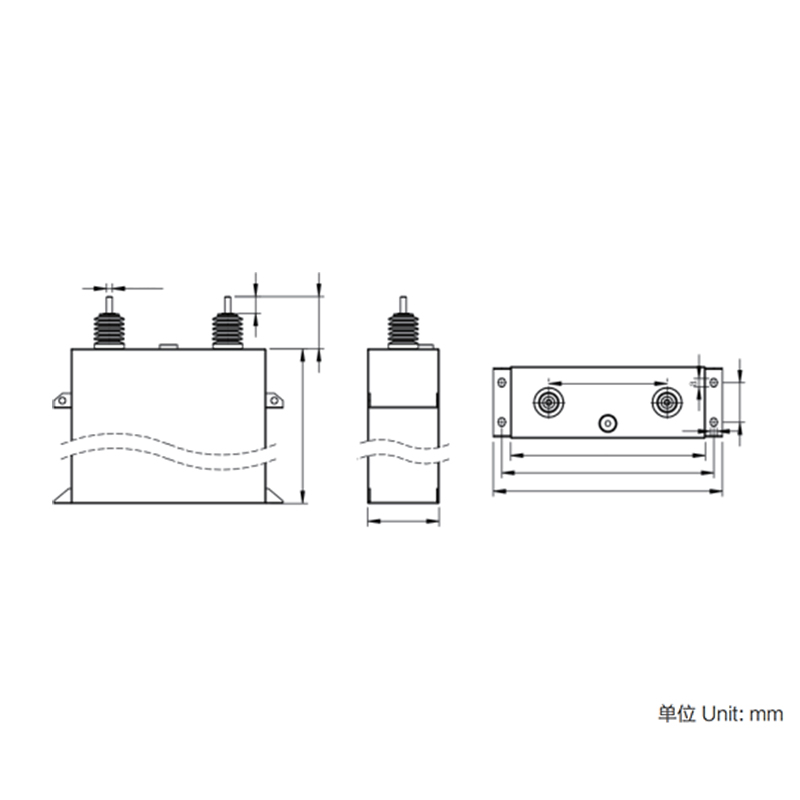
In terms of manufacturing technology, the production of high-voltage pulse capacitors has strict standards and processes. The winding process can ensure that the electrode material and the insulating medium are tightly and evenly wound, reduce internal gaps, and reduce the risk of partial discharge, thereby improving the insulation performance and stability of the capacitor. The welding process ensures the reliable connection between the various components inside the capacitor. By adopting advanced welding technology, such as low-temperature alloy welding, while ensuring welding strength, it avoids the influence of high temperature on material properties and ensures the smoothness of current transmission. The sealing process provides good protection for the capacitor. The dry fully sealed structure effectively prevents external moisture, dust and other impurities from entering the interior, ensures the insulation performance of the medium, prolongs the service life of the capacitor, and ensures that it can work continuously and stably during the cable detection process.
In addition, the performance advantage of the high-voltage pulse capacitor is also reflected in its ability to generate high-voltage pulse signals with specific parameters. These parameters include pulse amplitude, width, rise time, etc. Different cable detection needs have different requirements for these parameters. Through the design and control of high-voltage pulse capacitors, these parameters can be accurately adjusted to adapt to the detection of different types of cables. For long-distance, high-voltage cables, pulse signals with higher amplitudes and longer widths are required so that the pulse signals can propagate farther in the cable and effectively detect potential faults; for some shorter cables or situations with higher detection accuracy requirements, pulse signals with lower amplitudes, narrower widths, and faster rise times can be used to improve the sensitivity and accuracy of detection.
In actual cable detection work, high-voltage pulse capacitors work in conjunction with other detection equipment to form a complete cable detection system. The signal acquisition equipment in the detection system is responsible for receiving the signals reflected from the cable and converting them into electrical signals; the signal processing equipment amplifies, filters, digitizes and processes the collected signals to extract useful fault characteristic information; finally, through data analysis and algorithm processing, the fault information is intuitively presented to the detection personnel, realizing accurate evaluation of the cable insulation performance and precise positioning of the fault location.

 简体中文
简体中文 English
English Español
Español